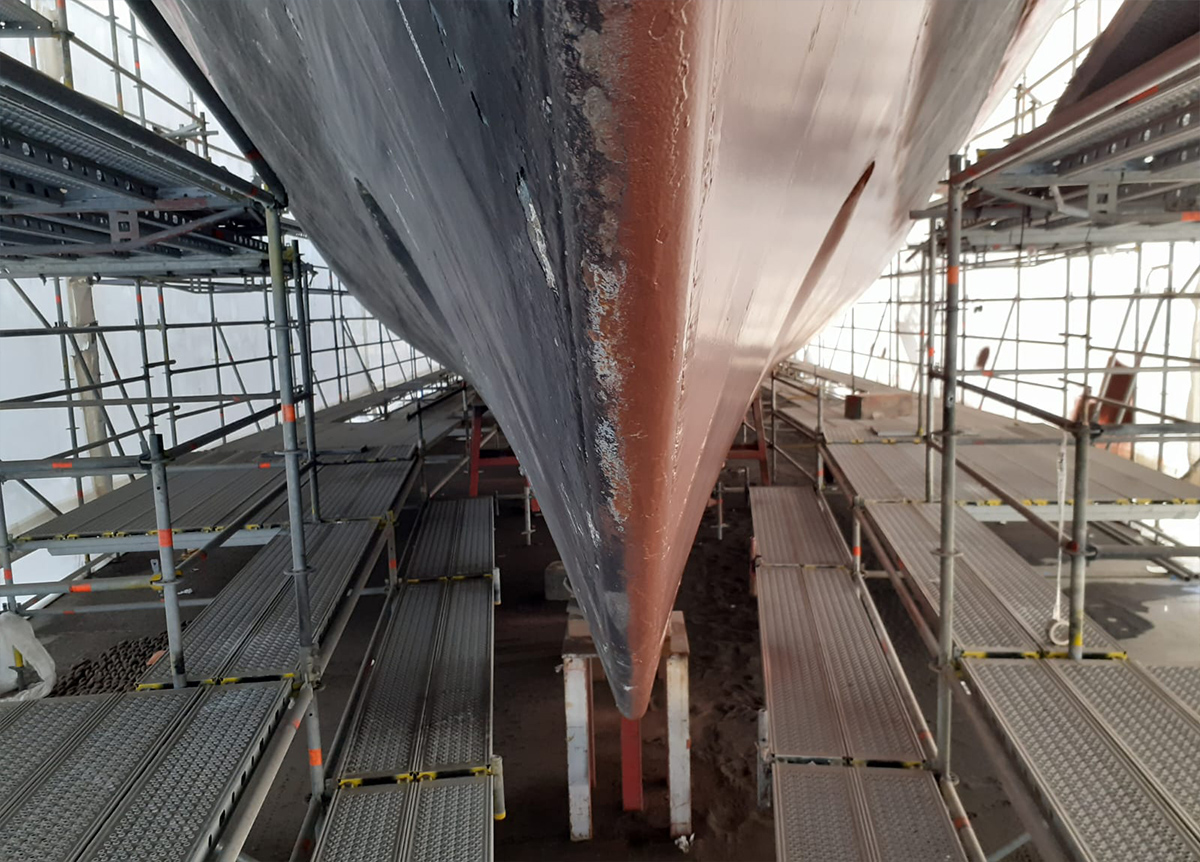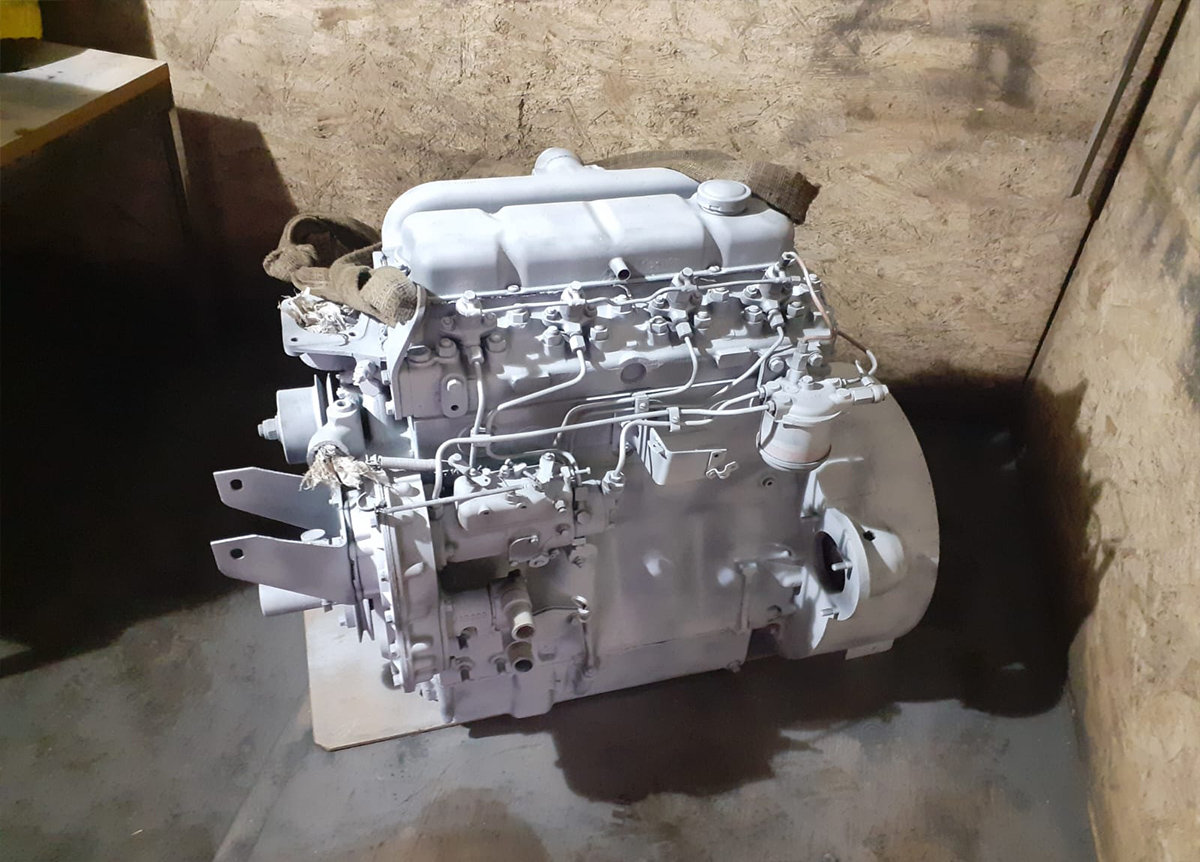Our services
Specialists in the nautical sectorSandblasting
It is the process of cleaning any type of surface by launching at high speed, by means of a pressurized air jet, grains of sand of different types and grain size depending on the nature of the material to be treated.
The material is projected against the surface to remove unwanted contaminants. The most widely used is silica sand in its different variants. By adjusting the type and thickness of sand used, as well as the pressure applied, it is possible to optimize the treatment for all types of surfaces.
After the sandblasting process, when viewed under a microscope, the treated surface presents a series of perfectly uniform valleys and peaks with depths that vary between 1.5 and 3.5 thousandths of a millimeter. Its size will depend on both the air pressure applied and the granulometry of the projected sand.
This is the basis for stripping, preparing surfaces for optimum paint grip, deep rust removal, cleaning and renewing all kinds of materials.
Applications
- Diesel tanks
- Grey waters
- Black waters
- Blasted and painted
- Wood, metal, fiberglass
- Gelcoat
Dry ice cleaning
Cryogenic or dry ice cleaning is a clean and environmentally friendly industrial cleaning method that does not leave any type of residue, neither liquid nor solid. What are its advantages and on what occasions is it used?
Dry ice blasting, also known as dry ice blasting, is a method used to clean and prepare surfaces. In some ways it could be said to be similar to sandblasting, but it has a number of advantages over other cleaning methods. In fact, in the industrial field, it is an alternative to sandblasting or using chemical products when looking for a more delicate or less aggressive option.
For cryogenic cleaning, dry ice is used, which is nothing more than CO2 in solid form, that is, frozen. When this ice "thaws" it goes directly into a gaseous state, skipping the liquid state, hence it does not leave any trace of moisture.
Applications
- Electric panels
- Engine rooms
- Engines





 Español
Español English
English